Construction and Study of Mode Properties of Planar Waveguide
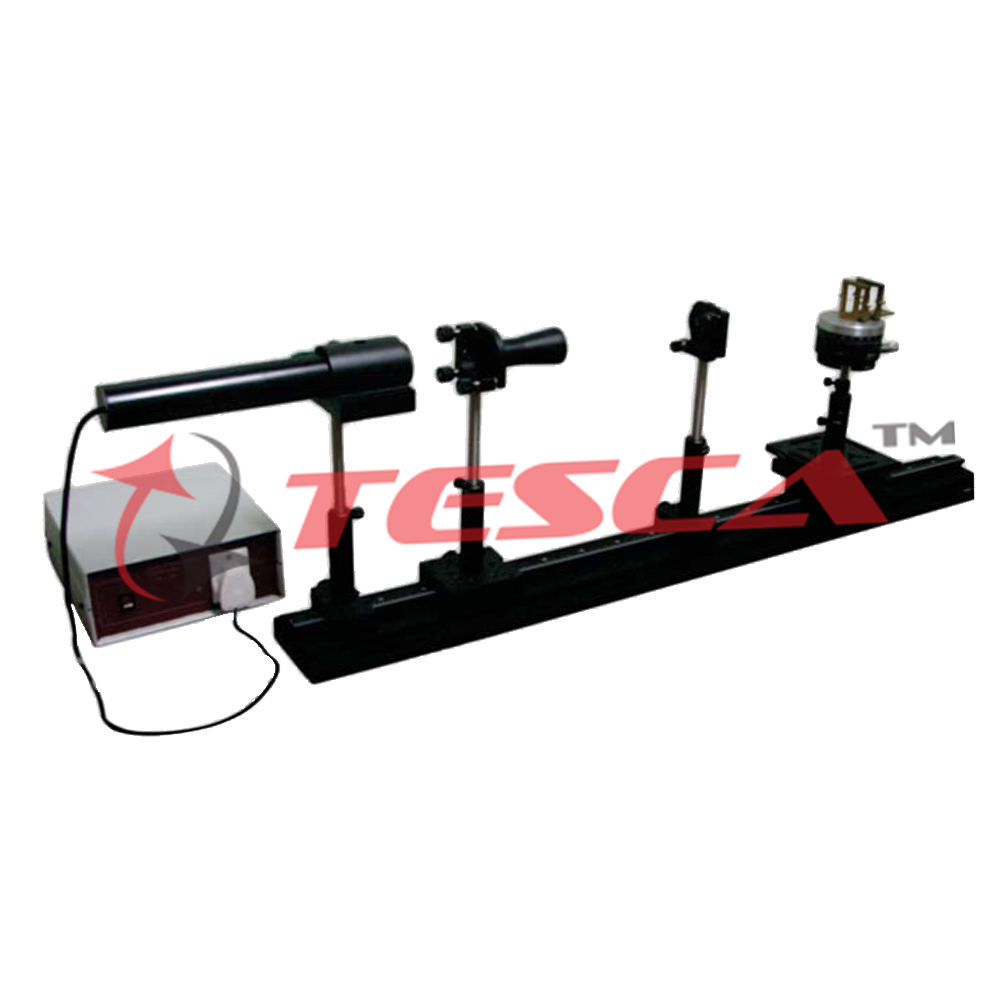
Order Code: 28551
Category: Fiber Optic Trainers
Specifications In the field of telecommunication optical fiber has played remarkable role in providing long distance, high data rate connectivity and hence is the first choice medium for communication. Optical fiber network use many other waveg...
SPECIFICATION
Specifications
- In the field of telecommunication optical fiber has played remarkable role in providing long distance, high data rate connectivity and hence is the first choice medium for communication. Optical fiber network use many other waveguide devices and components such as power splittersand combiners, multiplexers, filters and modulators, all are usedtoprocess the optical signals.
- Development of such devices requires detail knowledge about the principles and design rules of optical waveguides. The aim of this lab is to offer the experiments which will demonstratethesefundamentalprinciplesandrules.
- The lab allows construction of single mode and multi mode planner waveguides using ion exchange technique and also to study the optical characteristics of these waveguides. The ironexchange technique involves use of soda lime glass substrates, KnO bath, temperature controlled ceramic furnace. With this technique thewaveguides of different thickness canberealized.
- The optical characteristics of planner waveguide can be studied using optical, opto-mechanical and opto-electronic components. It makes use of optical rail bench fitted with optical mounts to hold He-Ne laser, beam collimator, polarizer and precisiongraduatedrotational mounts havingY and Z translation features. Specially designed waveguideprism coupler holder allows easy mounting of prism waveguide assembly and efficient coupling of light. Laser power meter allows power measurements of mode spectra underdifferent polarization state of incident light.
- Reflection/ Refraction experiments are performed using quartz half cylindrical lensmountedongraduatedrotational mounts.
- Allows construction and characteristics study of single and multimode planer waveguides.
- Involves opto-electronics and optical components along with opto-mechanical hardware.
- Allows construction of planer waveguides using ion exchangemethod.
- Extensive documentation to support development and study ofwaveguides.
- Light couplingmethodusing prism coupling technique.
- Allows study of fundamentalproperties of geometrica optics.
- Laser
- Wavelength635nw
- Light - redvisible
- o/ppower1mW
- completesystemwithpower supply
Prism
- Right angle prism(10X10X10mm. +0/0.2mm)
- Surface quality: 60/40
- Surfaceflatnen: 1λ
- RefractiveIndex: >1.7
- Surfacepolished - diagonal,bone and backside.
- Surfaceunpolished -Twoside surface.
Colimeter
- Gallilium construction
- Magnificationby10X
Waveguide
- Singlemode, multimodewaveguide
- Substrate-Sodalime glass
- Ion exchangeusing potatium ion (KnO )bath
Experiments
- Demonstration of laws of reflection and refraction with measurement
- Demonstration of total internal reflection and calculation of critical angle
- Demonstration of polarization of light withTEandTMmodes.
- Calculation of Brewster's angle
- Determination of the mode structure of a step index planer waveguide
- Measurement of the coupling angles and mode effective indices for theTE polarization state.
- Determination of the mode structure of waveguide for TM polarization state
- Calculation of the refractive indexandthe thickness of the step indexwaveguide fromthemeasuredmodespectrum.
- Establishing the designof a single modestepindexwaveguide
- Determination of the mode structure of a graded index planerwaveguide
- Calculation of the surface index and the thickness of the grade
- indexwaveguide fromthemeasuredmodespectrum
- Establishing the design of a single mode graded index waveguide


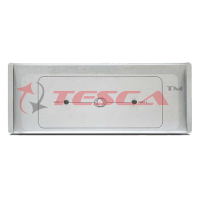
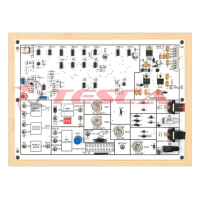
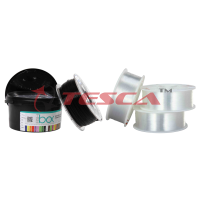
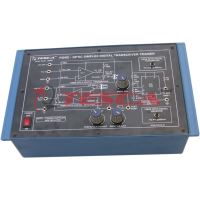
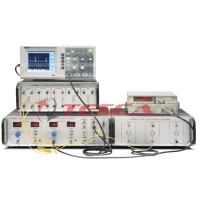
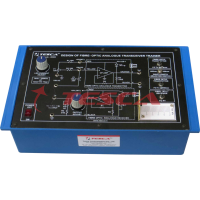
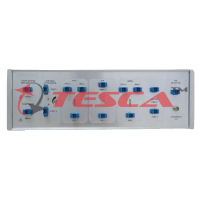
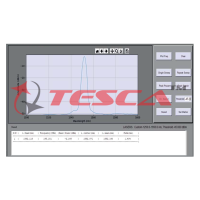

 91-9829132777
91-9829132777